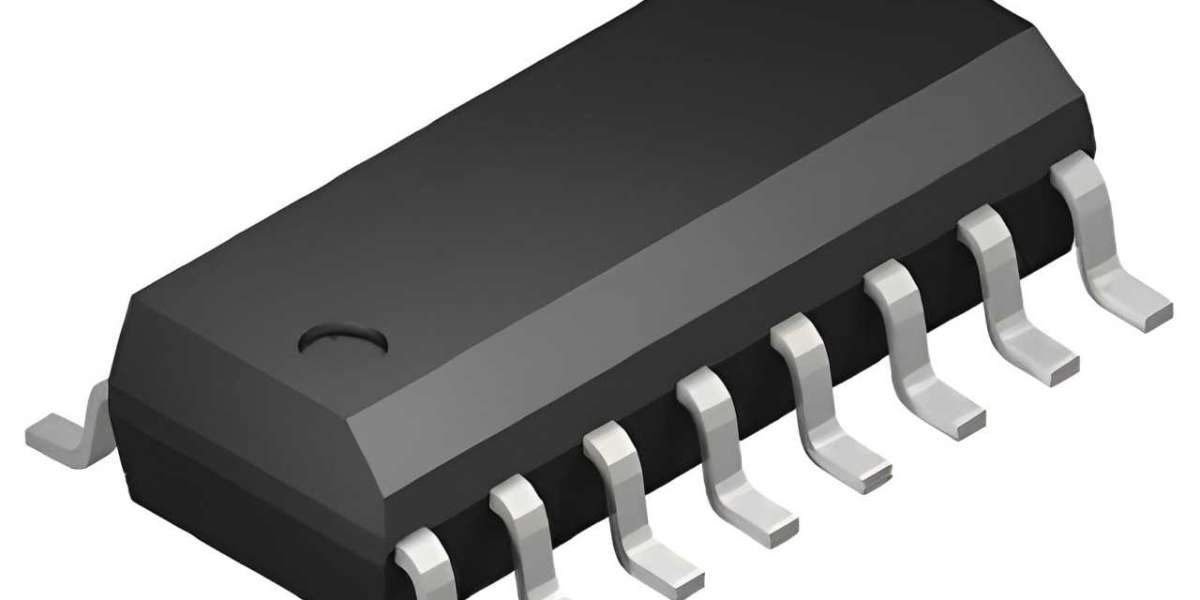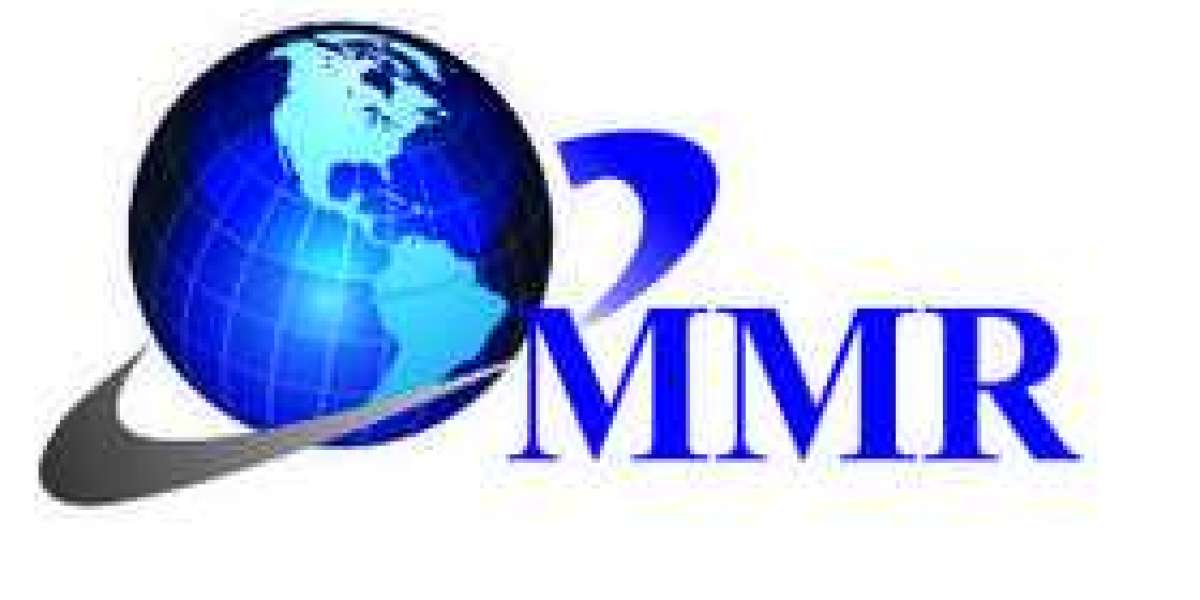Introduction: The Role of DTMF in Modern Communications
In the realm of telecommunications, Dual-Tone Multi-Frequency (DTMF) signaling holds a crucial place, enabling the transmission of information over voice lines. DTMF decoders, the unsung heroes of this technology, interpret these signals to facilitate a variety of applications. From controlling systems remotely via a telephone keypad to enhancing security features in access systems, DTMF decoders are pivotal. This article aims to explore the intricacies of DTMF decoders, their operation, applications, and how they continue to influence technological advancements.
Understanding DTMF Technology
The Basics of DTMF
DTMF signaling was originally developed to support telephone switching systems, replacing the slower pulse dialing method. Each key on a DTMF keypad generates a tone made up of two distinct frequencies: one from a group of low frequencies and another from a high-frequency group. This system allows for quick and reliable transmission of numeric and other key inputs over audio communication systems.
How DTMF Decoders Work
A DTMF decoder is an electronic device that detects the DTMF tones and converts them into a digital code that can be understood by electronic circuits. The decoder uses a digital signal processor (DSP) or an analog filter to separate the two tones and identify the corresponding key pressed on the DTMF keypad.
Key Components and Architecture of DTMF Decoders
Input Interface
The input interface of a DTMF decoder is typically connected to a voice channel or a line that transmits audio signals. It includes filters to smooth out the signal and eliminate noise, ensuring accurate tone detection.
Decoder Logic
At the heart of a DTMF decoder lies the decoder logic, often implemented using a microcontroller or a specialized decoder chip. This logic interprets the filtered audio signal, separates the tones, and matches them to the predefined frequency pairs that represent different keypad entries.
Output Interface
Once the tones are decoded, the output interface translates them into a binary or ASCII code, which can then be used by other digital systems. This output can be configured to trigger specific actions, such as opening a gate, making a selection in a menu, or initiating a device.
Practical Applications of DTMF Decoders
Telecommunication Systems
DTMF decoders are extensively used in telecommunications to facilitate user interactions with automated systems, such as voice mail, phone-based customer service portals, and more.
Remote Control Systems
One of the most common uses of DTMF decoders is in remote control systems, where they enable the control of devices over long distances via telephone lines. Users can perform actions such as switching lights on or off, starting or stopping machinery, and accessing secured areas.
Interactive Voice Response (IVR) Systems
DTMF decoders play a significant role in IVR systems, where they allow users to interact with a database through a telephone system to retrieve information like bank balances, flight times, and more.
The Future of DTMF Decoders
Integration with Modern Technologies
As technology evolves, DTMF decoders continue to integrate with digital and internet-based systems, expanding their utility beyond traditional voice-based applications. This includes enhancements in security features, where DTMF tones can trigger multi-factor authentication processes.
Challenges and Considerations
While DTMF technology is robust, it faces challenges such as signal distortion and interception, which can affect the reliability of DTMF decoders. Advances in digital encryption and signal processing are continually being developed to address these issues.
Conclusion: The Persistent Importance of DTMF Decoders
Despite the proliferation of advanced communication technologies, the simplicity and effectiveness of DTMF decoders keep them relevant in numerous applications. As we look forward, the potential for further innovation ensures that DTMF technology will remain a key player in the telecommunications landscape for years to come.



